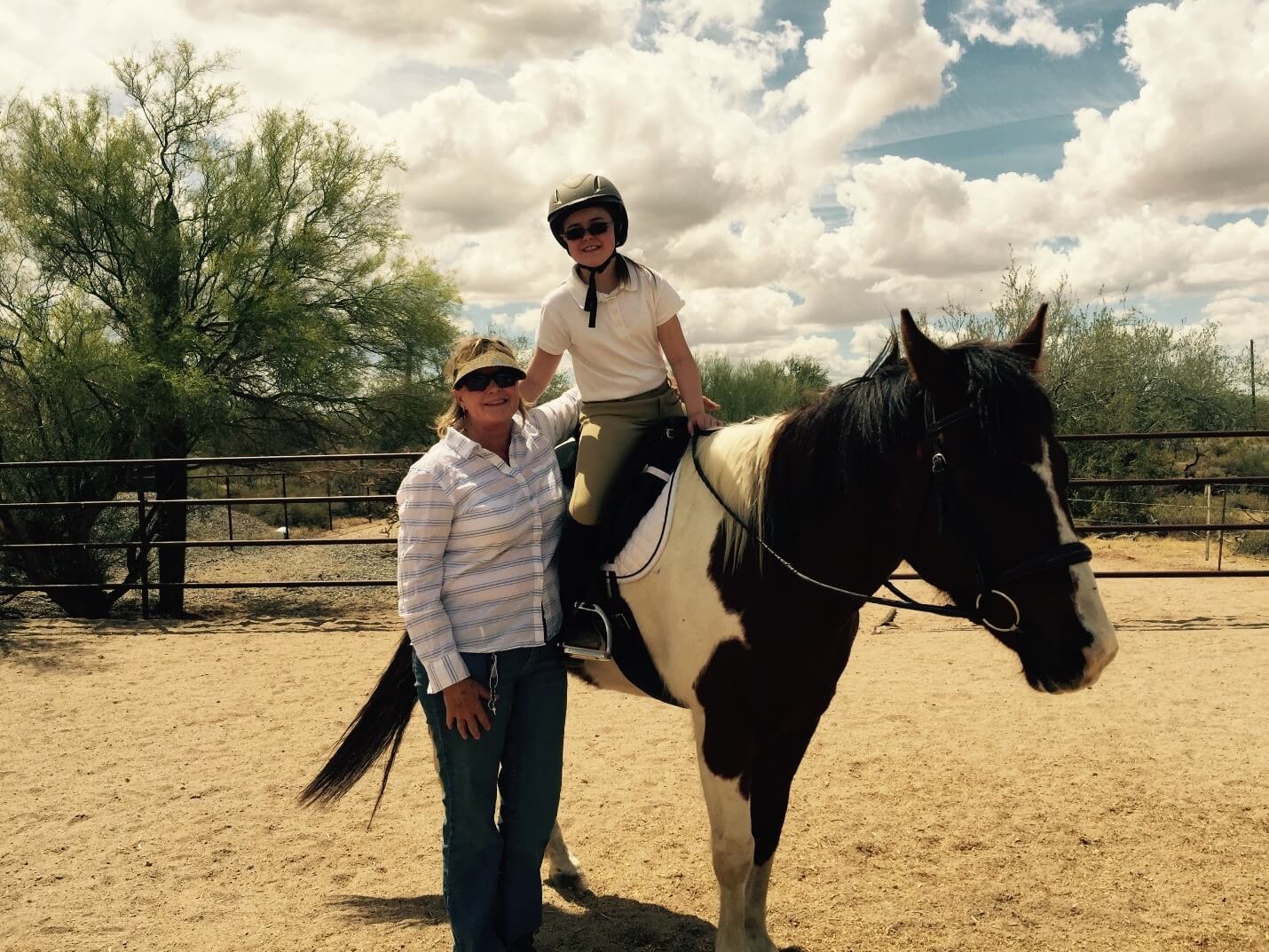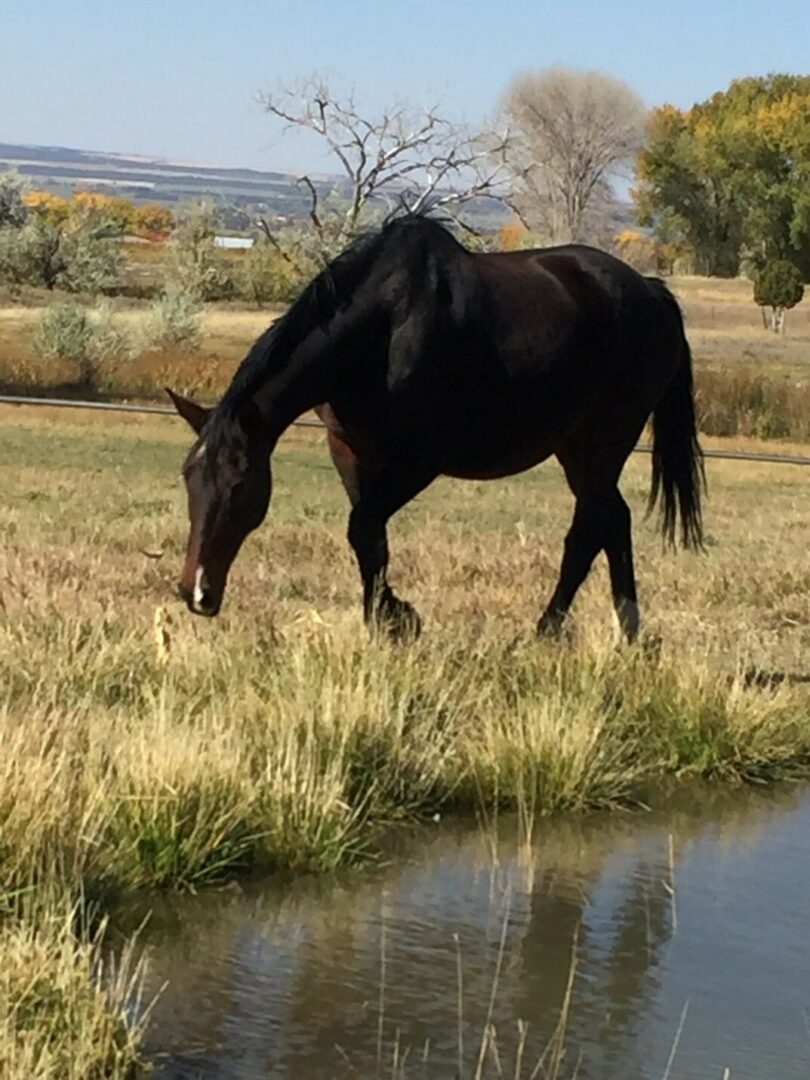If conflict without resolution persists to long for the horse, hard-wired anti-predator behaviors may appear such as shying, bolting, bucking or rearing.
Hot tip: Some trainers push the horse through these responses with hope that the horse becomes used to the stimulus that is causing the behavior. Often this does not work because the response has already occurred and actually reinforces the flight response as opposed to discouraging it. At this point the flight response becomes a regular feature because it’s now been practiced.











